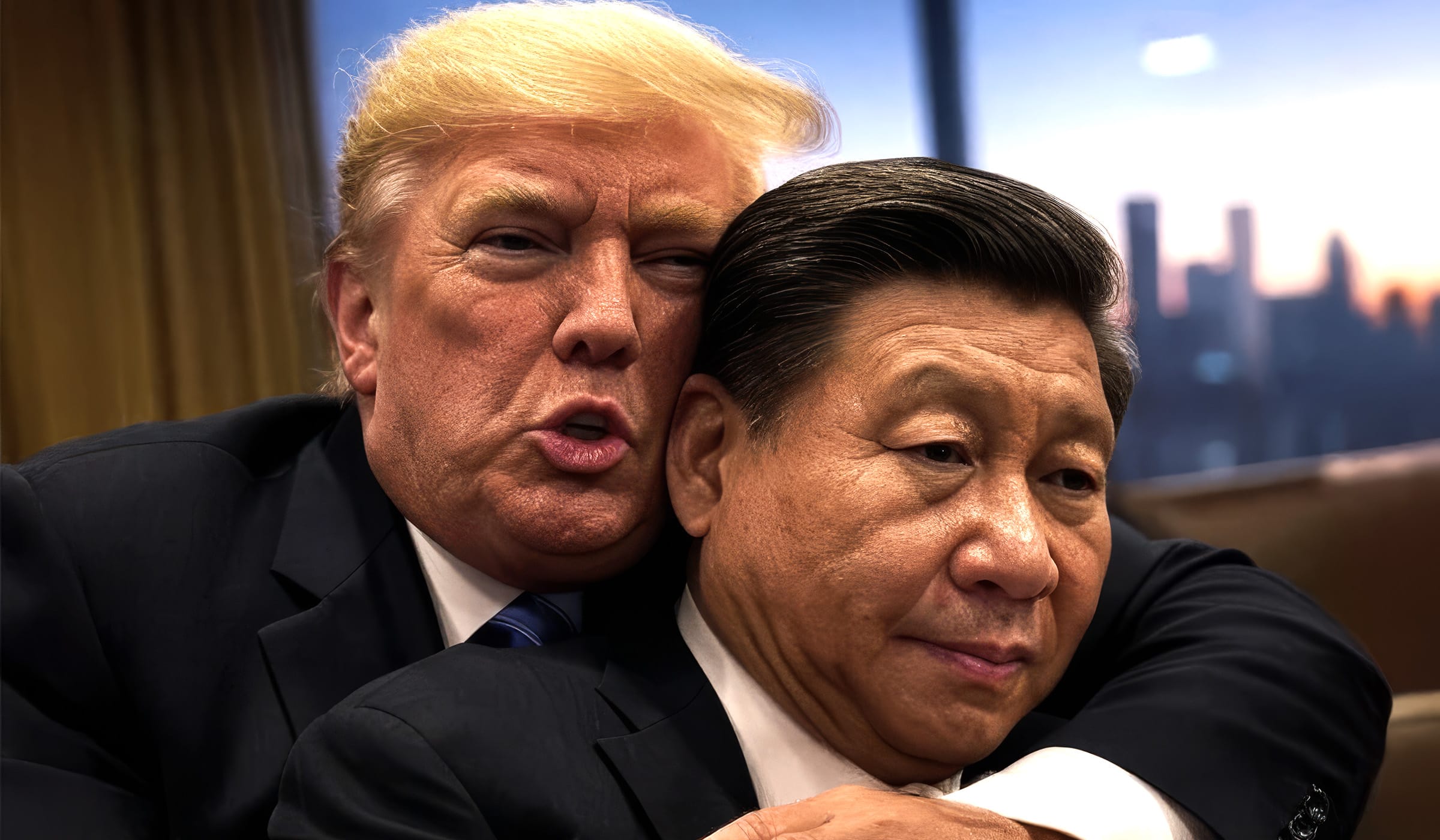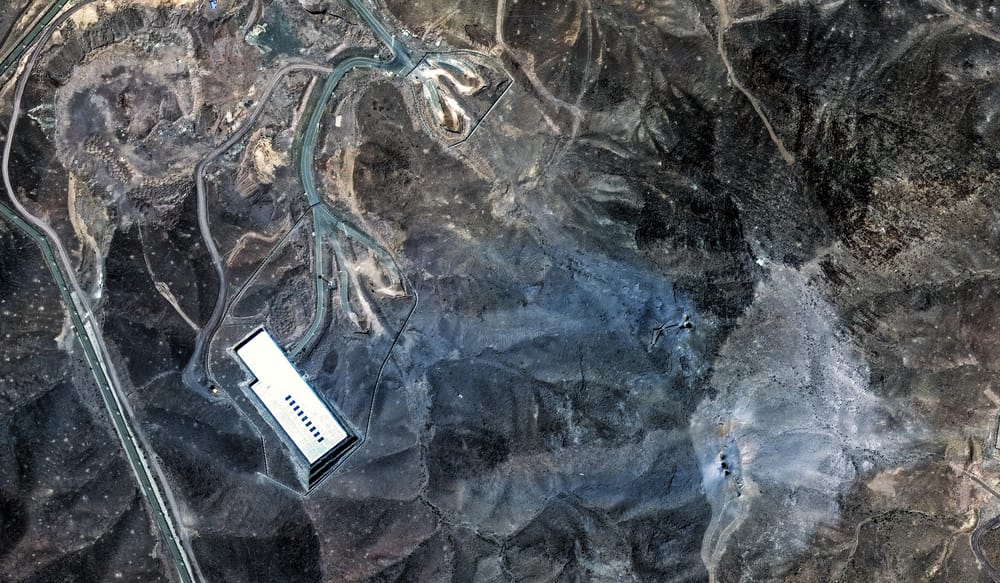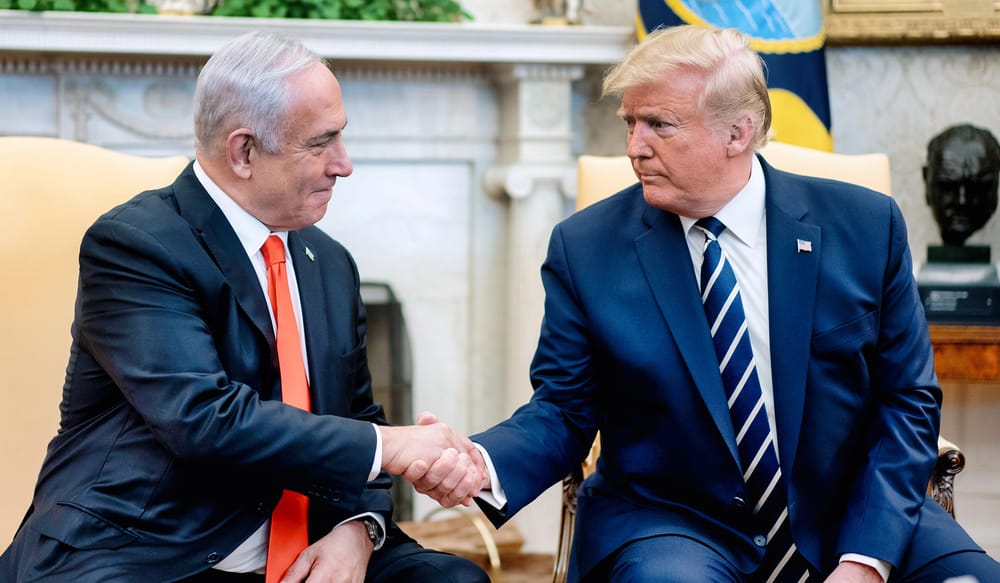It only took two weeks of denials for China to eventually crack and agree to trade talks with the US. Though it is quite likely that the agreement to hold them was reached a few days ago and was only publicised now, ahead of their start on May 9.
For the next three days Chinese and American delegations, headed by Chinese Vice Premier He Lifeng and US Secretary of the Treasury, Scott Bessent, will be negotiating "de-escalation" in Geneva.
It started with Trump's outreach to China, suggesting that punitive tariffs are not meant to stay forever and he was hoping for a quick deal with Beijing. This initial concession achieved his most immediate goals, though – calming the financial markets.
While initially seen as a sign of weakness, it eventually put Chinese resistance under pressure.
At first Beijing appeared to have dug in, demanding that Washington removes the tariffs before any talks could commence (April 24).

However, soon enough (April 26) it was revealed that the communist authorities started quietly exempting critical goods from their own tariffs to resume important imports from the USA.

By May 2 that list appeared to have ballooned to a quarter of all Chinese imports from the US, as reported by Bloomberg.

On the same day it admitted it was evaluating American offer to talk about trade but reiterated its demand that the US should first remove its unilateral tariffs before anything could be discussed.

Now we know no such thing has happened and Trump rejected the idea of cutting tariffs ahead of the negotiations in Switzerland.
Of course, Chinese gestures weren't unilateral and followed similar de-escalation by the US, which exempted around 22% of imports from China.
Advantage Trump
The difference is, however, that one of the drivers for Trump's decision was the fact that American companies are manufacturing many important products in China (like electronics). Tariffs, therefore, didn't just hurt Chinese exporters but American business relying on Chinese industry (for the time being), making their own products less competitive.
China, on the other hand, is facing a problem of being cut off from supplies of goods that it cannot find a ready replacement for elsewhere. Qualitatively, then, it is more dependent on the US than the other way around.
Americans can relatively quickly move manufacturing elsewhere (vide Apple's announcement about shifting even more of its production to India). The same cannot be said of Chinese access to some of the cutting edge products in chipmaking, aeronautics or pharmaceuticals that the US still sells.
This means that Washington is sitting down to the talks in Geneva with an advantage. Not a huge one, but it can make China hurt more than the other way around.
That said, I wouldn't be hoping for some grand breakthroughs in Switzerland or a swift agreement that Trump touted to the media two weeks ago, trying to quell the market panic.
Actions speak louder than words
As you can see by what both both countries have done so far, it seems to be playing out in the way I described in my last article: they're reducing tariffs where they hurt them most, before they could even be negotiated.

Talks can take many months before they produce meaningful results. And because the biggest cuts have already been made in critical areas, little progress can be expected where there's a much lower sense of urgency.
Nevertheless, China backing down even though it still demanded concessions last week, shows that it is only following Trump's game, not the other way around. And that it is willing to ease the pain, because nobody is ready (or even able) to buy their excess inventories piling up in warehouses.
Only Americans can do it, which puts Trump in control of the process. He just needs to make the most of it now.










